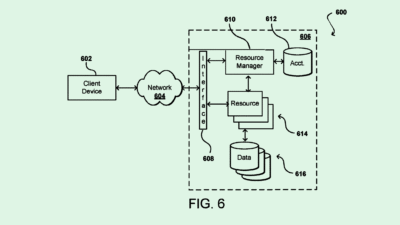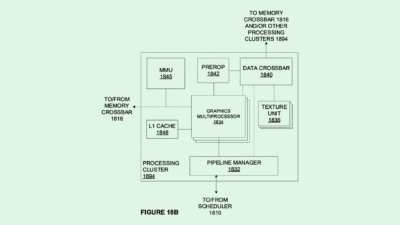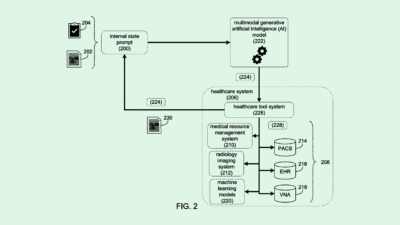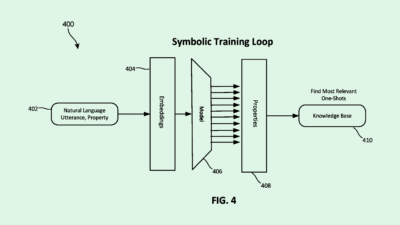Enterprises are Wasting Millions on Underutilized Tech
“Invest in full visibility into what applications employees are actually using.”

Sign up to get cutting-edge insights and deep dives into innovation and technology trends impacting CIOs and IT leaders.
While AI and investments in new technologies are top priorities for enterprises this year, so is cost-cutting. How can CIOs strike a balance?
Assessing technology usage, and leveling up employees’ skills could be a solution. A recent report from digital adoption platform WalkMe found that companies wasted $104 million in digital inefficiencies in 2024. The losses were largely driven by underutilized technologies and poor productivity practices.
WalkMe’s report revealed that, while executives believed their company used an average of 37 applications, data shows the number to be much higher: 625. Most of these are shadow apps and shadow AI, or those used by employees but not approved by IT and security teams.
To evaluate which applications were – and weren’t – being used, WalkMe assigned each one a “momentum score” based on adoption and usage times, Uzi Dvir, CIO at WalkMe, told CIO Upside.
- Widely recognized platforms like ChatGPT scored highly, but many AI tools are struggling to gain traction among employees, said Dvir. “Microsoft Copilot, Pathlight’s EchoAI, and Google’s Bard are seeing some level of usage but are not fully embedded into workflows,” he said.
- Tools like Perplexity.ai, Anthropic’s Claude, and Glean remain underutilized. “Large enterprises are currently using an average of 172 AI-powered applications, but without digital adoption strategies and proper enablement, the transformative potential of AI will remain unrealized,” said Dvir.
With AI spending expected to increase by 64% in 2025 to $23 million for large corporations, getting a grip on wasted software is critical to maximize returns and bring down costs.
So how can companies avoid going down this rabbit hole? “The best way CIOs can avoid going down this road is first and foremost to invest in full visibility into what applications employees are actually using,” said Dvir.
For CIOs, this means monitoring and measuring metrics such as application usage, cost, and performance. The right digital adoption strategy, met with internal best practices, can improve the return on technology investments.
Upskilling workers is also vital: Nearly 80% of executives are confident they will meet their AI transformation goals, but only 28% of their workers feel adequately trained. Furthermore, just one in four employees say they can use AI to work more efficiently.
“It’s clear that while AI is transforming enterprise ambitions, its success hinges on people,” Dan Adika, co-founder and CEO of WalkMe said in a press release. “Technology alone doesn’t deliver results – people do.”











